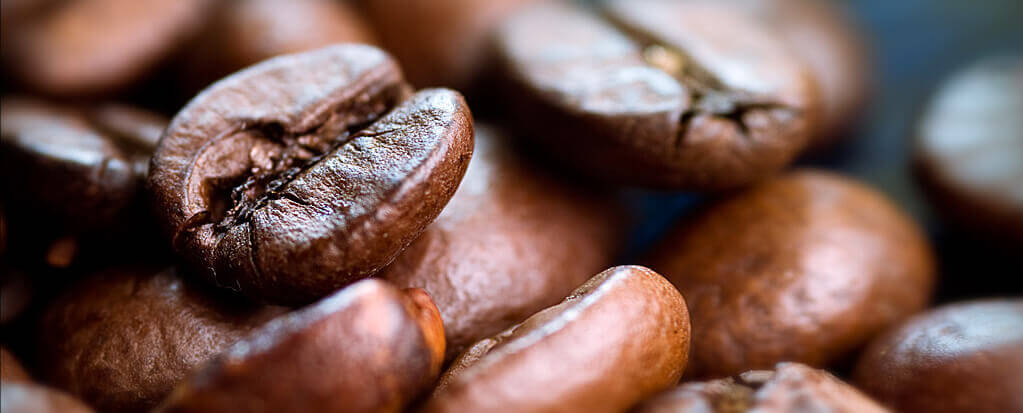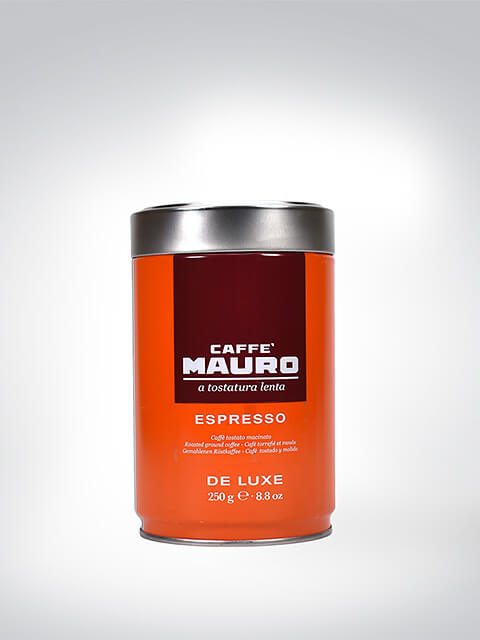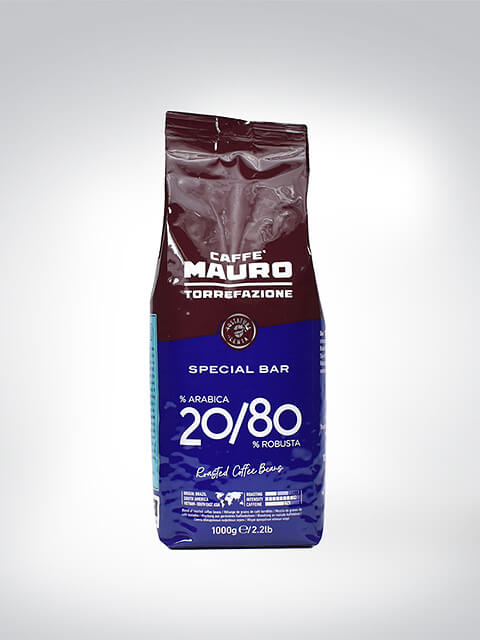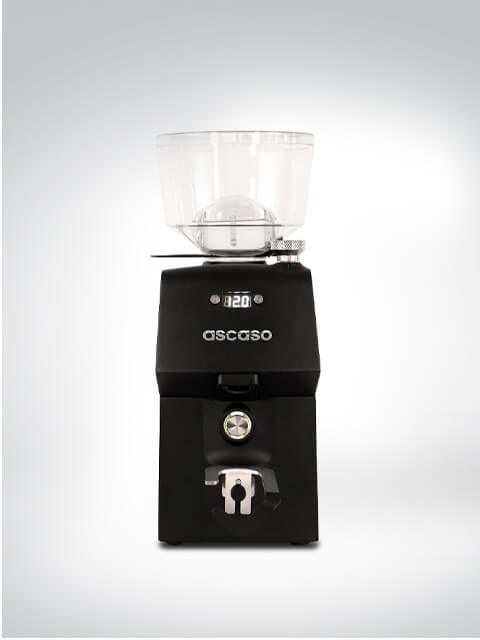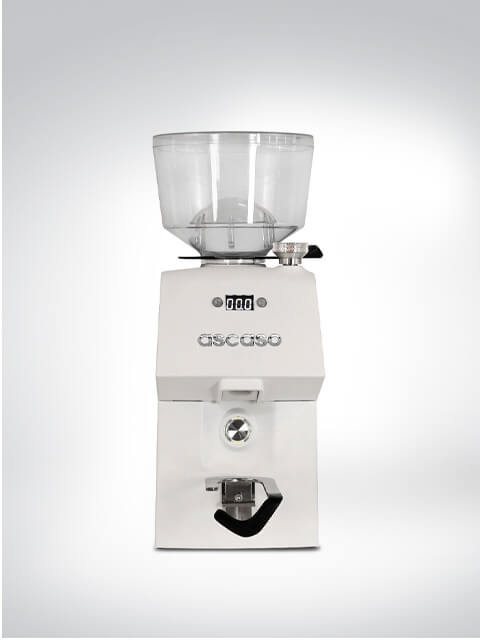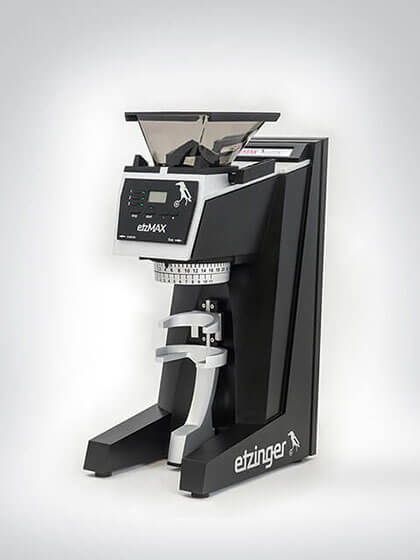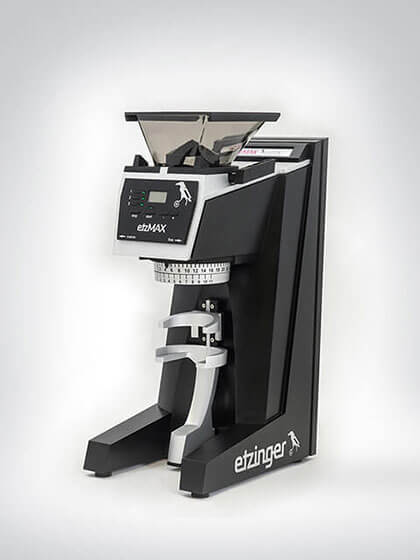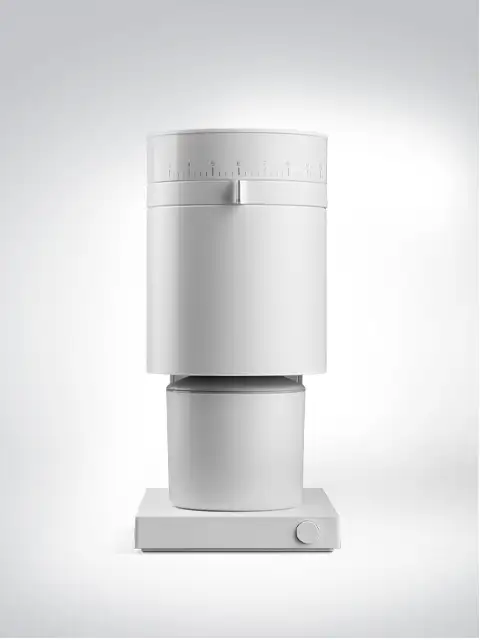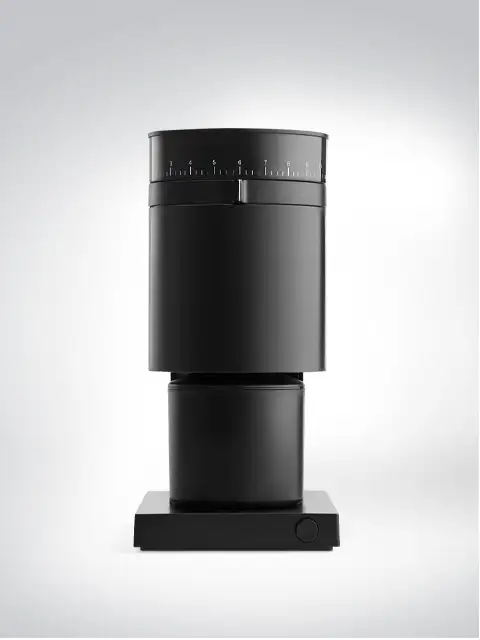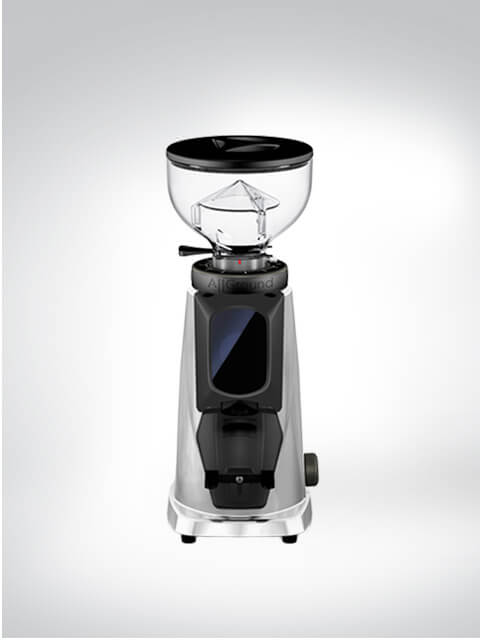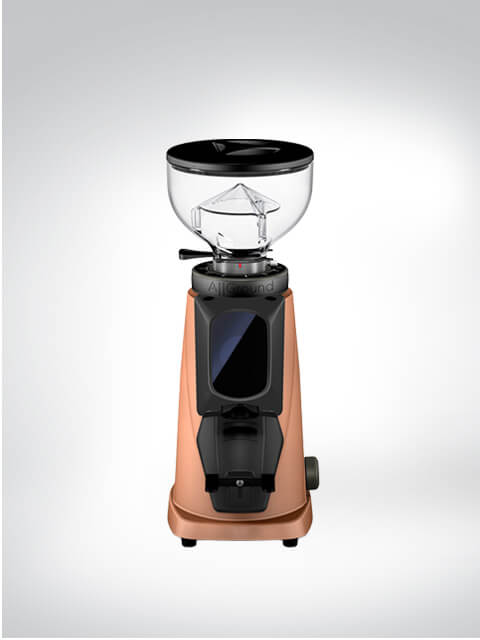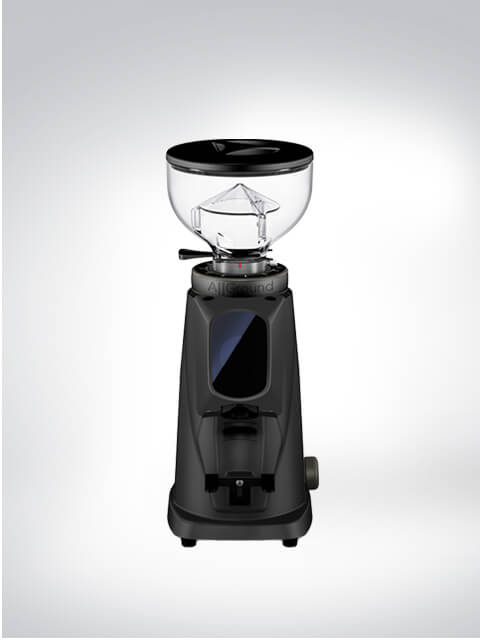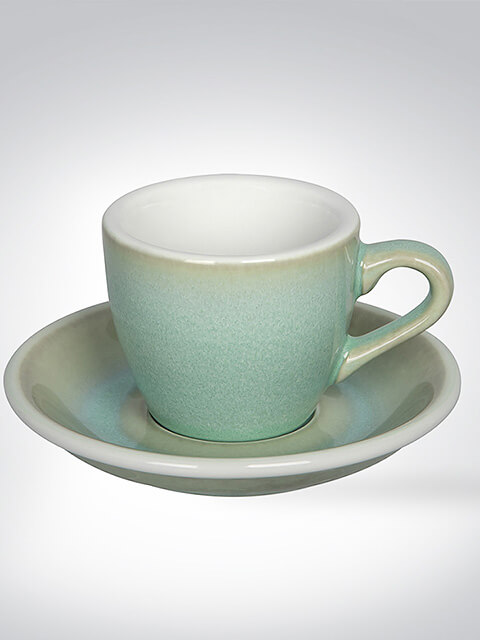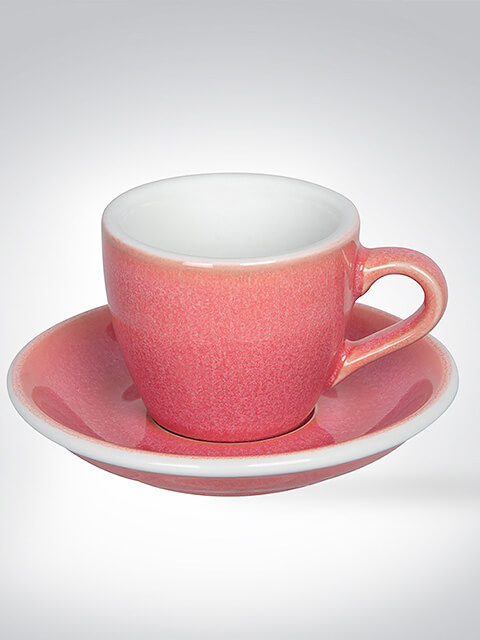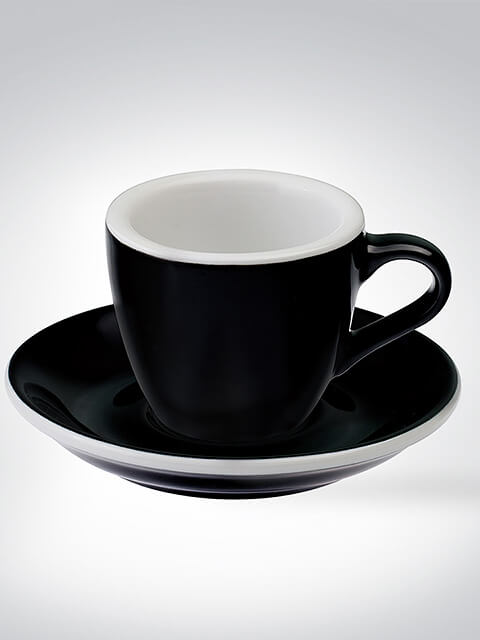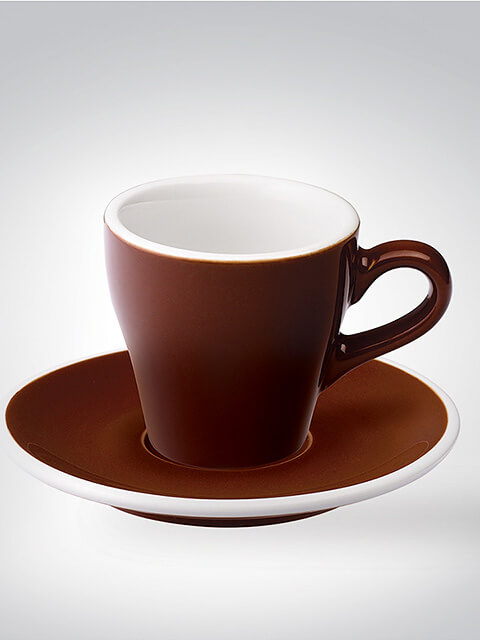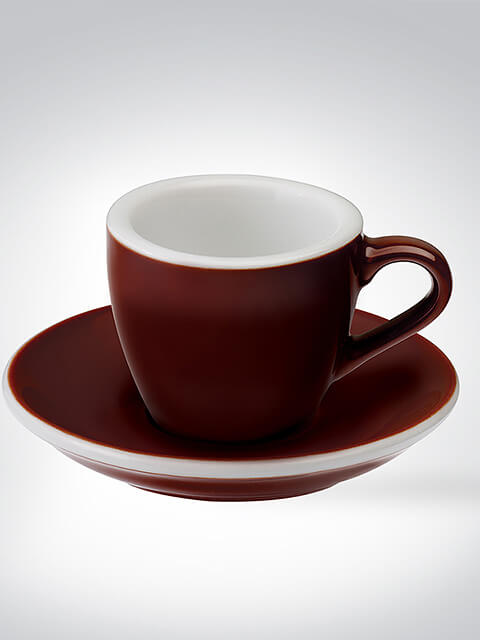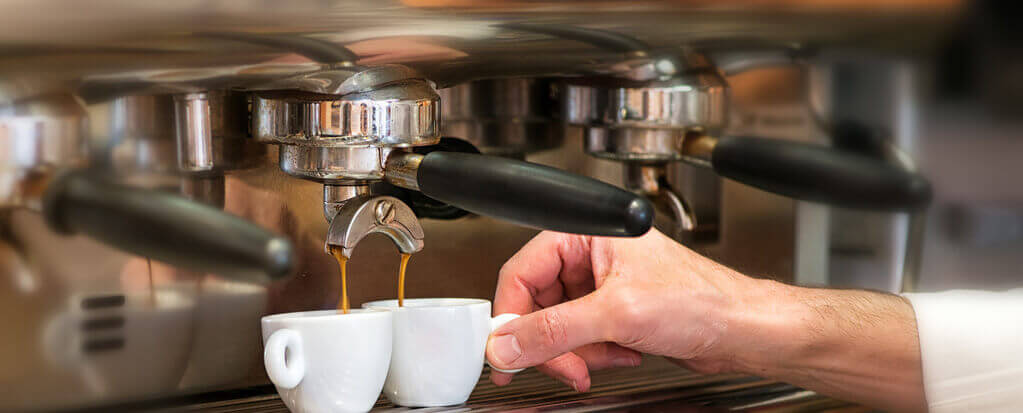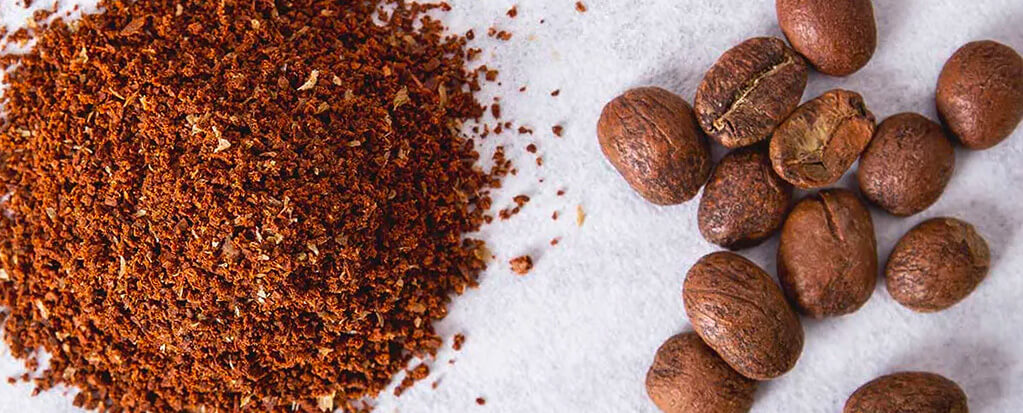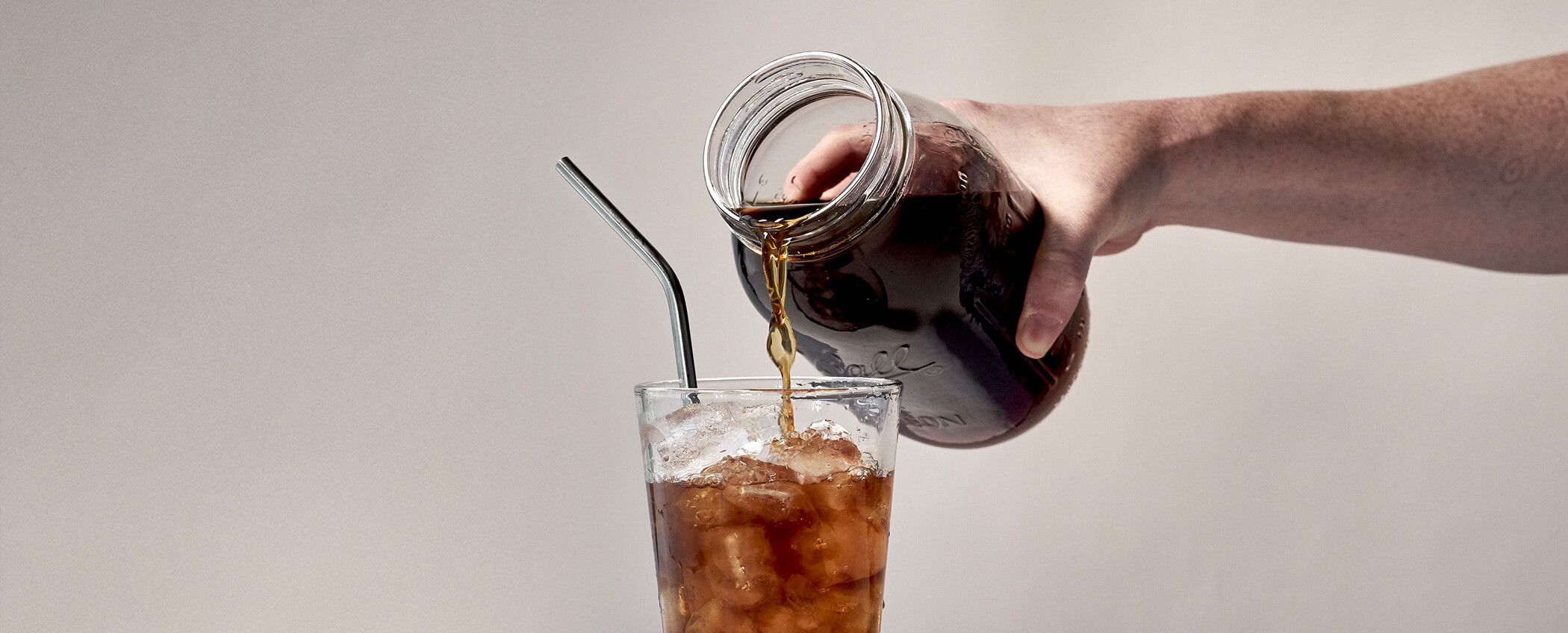Wie gelingt perfekter Espresso zu Hause?
Ein perfekter Espresso zu Hause ist kein Zufall – sondern das Ergebnis von fünf entscheidenden Schritten.
Mit der richtigen Bohne, dem passenden Setup und etwas Übung bekommst du in deiner Küche Espresso wie aus der Bar. Wir zeigen dir, worauf es ankommt.
Perfekter Espresso in 5 Schritten
- Die richtige Bohne wählen Espressoröstung, frisch, idealerweise mit dunklen, nussigen oder schokoladigen Noten.
- Kaffeemehl exakt dosieren Immer zuerst die Menge (z. B. 18 g), dann den Mahlgrad anpassen. Wiegen ist Pflicht.
- Maschine stabil einstellen 9 Bar Druck konstant, Brühtemperatur je nach Bohne (Standard: 93 °C).
- Richtig tampen Gleichmässig, gerade und mit ca. 15–20 kg Druck. Keine Schräglage!
- Bezug beobachten und optimieren 25–30 Sekunden Extraktionszeit. Läuft’s zu schnell oder langsam?
Die richtige Bohne macht den Unterschied
Ein guter Espresso beginnt immer mit der richtigen Bohne. Dabei geht es nicht nur um Sorte und Röstung – sondern auch um Frische, Herkunft und Verpackung.
Espresso stellt hohe Anforderungen an den Kaffee, denn jede Nuance wird in der Tasse spürbar.
Wähle eine passende Röstung
Espressobohnen sind meist dunkler geröstet als Filterkaffee. Das sorgt für mehr Körper, weniger Säure und ein intensives Geschmacksprofil. Achte auf Bohnen mit Noten von Schokolade, Nuss oder dunklen Früchten – sie harmonieren besonders gut mit der kurzen, konzentrierten Extraktion eines Espressos. → Mehr dazu: Was ist der richtige Kaffee für mich?
Arabica oder Robusta – oder beides?
Viele Espressoblends enthalten einen kleinen Anteil Robusta. Warum? Robusta sorgt für eine stabile, dicke Crema, einen kräftigen Körper und erdige Noten. Reine Arabicas hingegen schmecken oft eleganter, feiner, fruchtiger – ideal für helle Espressos und Fans von Specialty Coffee. Beide haben ihren Platz – die Mischung macht’s.
Frische ist entscheidend
Ein Espresso verzeiht keine alte Bohne. Achte auf das Röstdatum und verwende den Kaffee am besten innerhalb von 4–8 Wochen nach Röstung. Schon ein paar Wochen zu viel können sich negativ auf die Crema und das Aroma auswirken. → Tiefere Einblicke: Kaffee-Frische von A bis Z
Verpackung beeinflusst den Geschmack
Frische beginnt nicht nur beim Röster – sondern wird durch die Verpackung erhalten. Gute Kaffeebeutel haben ein Aromaventil, sind lichtundurchlässig und lassen keinen Sauerstoff hinein. Bei uns findest du viele Röstereien, die auf höchste Verpackungsqualität setzen. → Entdecke mehr: Verpackung & Frische bei Kaffee
Unsere Empfehlung: Probieren statt grübeln
Ob heller Frucht-Espresso oder klassischer Bar-Blend – Geschmäcker sind verschieden. Starte mit kleinen Mengen, teste verschiedene Bohnen und vergleiche in Ruhe. Unsere Kategorietexte helfen dir dabei, die passende Bohne für deine Maschine und deinen Geschmack zu finden.
Die Mühle ist dein wichtigstes Werkzeug
Die Mühle entscheidet über Sieg oder Niederlage in der Tasse. Für Espresso brauchst du kontrollierte Menge + feinen Mahlgrad + gleichmässiges Mahlgut – und das bekommst du nur mit einer Espressomühle, die präzise arbeitet.
Temperaturkonstanz, Aufheizzeiten und Energieeffizienz hängen direkt davon ab, für welches System Du Dich entscheidest.
Zuerst die Menge – nicht der Mahlgrad!
Bevor du überhaupt an den Mahlgrad denkst, musst du die richtige Menge an Kaffeemehl bestimmen. Denn: Die Dosis ist deine Konstante – sie bleibt gleich, und nur der Mahlgrad wird angepasst, wenn der Espresso zu schnell oder zu langsam läuft.
→ Standardwert für Doppio (Standard 58-mm-Sieb): 18 g Kaffeepulver → ergibt 36–40 g Espresso in ca. 25–30 Sekunden
Mit dieser Referenz kannst du reproduzierbar arbeiten. Nutze dazu unbedingt eine Feinwaage – Dosieren nach Zeit ist ungenau.
Der Mahlgrad – Feintuning für den perfekten Fluss
Für Espresso brauchst du eine feine Mahlung – fast wie Puderzucker, aber nicht ganz so fein. Der Mahlgrad bestimmt, wie schnell oder langsam das Wasser durch den Kaffeekuchen fließt.
- Espresso fliesst zu schnell (z. B. in 15 Sekunden)? → Mahlgrad feiner
- Espresso fliesst zu langsam (z. B. in 40 Sekunden)? → Mahlgrad gröber
Wichtig: Nur eine Variable gleichzeitig verändern – sonst verlierst du den Überblick.
Scheibe oder Kegel – das Mahlwerk entscheidet
Espressomühlen nutzen entweder:
- Scheibenmahlwerke: besonders gleichmäßiges Mahlgut, ideal für präzises Arbeiten, oft teurer
- Kegelmahlwerke: kompakter, günstiger, oft etwas weniger konstant bei hoher Bohnenmenge
Schlagmahlwerke (z. B. Küchenhäcksler) sind ungeeignet – sie produzieren ungleichmässiges Mahlgut und lassen keine Feineinstellung zu.
Zeit vs. Gewicht – was ist besser bei der Dosierung?
Die Kaffeemenge ist der wichtigste Parameter für Espresso. Sie muss konstant sein – sonst kannst du Mahlgrad, Durchlaufzeit und Geschmack nicht zuverlässig beurteilen. Es gibt zwei gängige Wege, um die Menge zu dosieren: nach Zeit und nach Gewicht.
Dosierung nach Zeit: schnell, aber ungenau
Viele Espressomühlen haben eine Timerfunktion: z. B. "6 Sekunden = 18 Gramm". Das funktioniert – aber nur unter idealen Bedingungen:
- gleich bleibende Bohnenform
- konstante Füllmenge im Bohnenbehälter
- gleiche Luftfeuchtigkeit und Frische
Schon eine andere Bohnensorte oder eine halbleere Mühle kann das Ergebnis verfälschen. → Zeit ist gut für Routine, aber nicht für Präzision.
Dosierung nach Gewicht: präzise & reproduzierbar
Besser ist die Dosierung nach Gewicht. Du wiegst entweder:
- die ganzen Bohnen vor dem Mahlen oder
- das gemahlene Kaffeemehl nach dem Auswurf
Das Ergebnis: immer exakt dieselbe Menge im Sieb – z. B. 18,0 g bei jedem Shot. Nur so kannst du nachvollziehbar den Mahlgrad anpassen oder Extraktionen vergleichen.
→ Tipp: Nutze eine Feinwaage mit 0.1 g Genauigkeit. Manche Mühlen haben eine integrierte Waage – praktisch, aber teurer.
Die Kaffeemaschine muss stabil arbeiten
Ein Espresso ist nur so gut wie die Maschine, die ihn brüht. Dabei zählen keine Hochglanzversprechen, sondern stabiler Druck, präzise Temperatur und Wiederholbarkeit.
Technik wie Milchaufschäumer oder Touchdisplay sind nebensächlich – was zählt, ist die Basis.
9 Bar Druck – nicht mehr, nicht weniger
Espresso ist definiert als Extraktion unter Druck. Und zwar nicht unter 13 Bar, wie viele Einsteigergeräte werben – sondern genau 9 Bar am Kaffeepuck. Mehr Druck macht den Kaffee nicht stärker, sondern führt oft zu Überextraktion oder unstabiler Crema.
- Wichtig: Die 9 Bar müssen vom ersten bis zum letzten Tropfen konstant bleiben. Günstige Maschinen schaffen das selten – hier schwankt der Druck je nach Füllstand, Temperatur oder Technik.
- Ideal ist ein Rotations- oder hochwertiger Vibrationspumpe, oft mit PID-Steuerung.
Brühtemperatur: Zielgerichtet statt pauschal
Die Brühtemperatur wird oft mit „irgendwas zwischen 90–96 °C“ angegeben – doch das ist zu ungenau. Jede Bohne hat ein Temperatur-Sweetspot, abhängig von Röstgrad, Robusta-Anteil und Anbauhöhe:
| Bohnentyp | Empfohlene Brühtemperatur |
|---|---|
| Hoher Robusta-Anteil | 90–91 °C → reduziert Bitterkeit und Schärfe/td> |
| Espressoblends / Mischungen | 92–93 °C → Standard, universell einsetzbar |
| Single Origins / Hochland-Arabica | 93–94 °C → hebt komplexe Säuren und florale Noten hervor |
- Standard-Temperatur: 93 °C – für die meisten Röstungen ein stabiler Ausgangspunkt.
- Wichtig: Auch hier gilt: Stabilität schlägt alles. Schwankende Temperaturen zerstören jede Präzision beim Brühprofil.
Stabilität schlägt Schnickschnack
Eine Maschine sollte nicht viele Funktionen haben, sondern die wenigen entscheidenden Dinge stabil und zuverlässig liefern. Achte auf:
- stabile Bauweise (Brühgruppe, Kessel, Siebträger)
- gleichmäßigen Druckaufbau
- konstante Temperaturführung
- ausreichend lange Aufheizzeit (mind. 15–20 Minuten)
Maschinenwahl: Qualität nach Anspruch
Thermoblock, Einkreiser, Zweikreiser oder Dualboiler – jede Bauart hat Vor- und Nachteile.
→ In unserem Artikel „Welche Maschine passt zu dir?“ findest du eine klare Übersicht – damit du weisst, was zu deinem Alltag passt.
Tampen – der unterschätzte Schritt
Wenn die Menge und der Mahlgrad stimmen, kommt der nächste kritische Schritt: das Tampen. Es sorgt dafür, dass das Kaffeemehl gleichmäßig verdichtet wird – damit das Wasser nicht nur irgendwo durchrauscht.
Gleichmässig und gerade – nicht mit Gewalt
Tampen heißt: Das Kaffeemehl fest und gerade in das Sieb drücken. Ziel ist ein gleichmäßig verdichteter Puck, durch den das Wasser mit 9 Bar gleichmäßig fließen kann. Der Druck muss nicht extrem sein – 15–20 kg reichen völlig.
→ Wichtiger als Kraft ist Präzision: Der Tamper muss plan aufliegen.
Schiefer Tamp = ungleichmäßige Extraktion
Ein schräger Puck führt zu „Channeling“ – das Wasser sucht sich den leichtesten Weg. Das Resultat: Ein Teil des Kaffeemehls ist überextrahiert (bitter), ein anderer unterextrahiert (sauer).
→ Tipp: Nutze einen Leveler oder Tamper mit Anschlag für mehr Konstanz.
Immer gleich tampen
Tampen ist Gewohnheit. Entscheidend ist nicht die perfekte Technik, sondern die gleiche Technik jedes Mal. So bekommst du reproduzierbare Ergebnisse und kannst bei Problemen gezielt justieren.
Die richtige Tasse macht den Unterschied
Ein perfekter Espresso endet nicht an der Brühgruppe – sondern in der richtigen Tasse. Temperatur, Form und Material beeinflussen Aroma, Mundgefühl und Crema-Stabilität.
Die Tasse muss vorgewärmt sein
Eine kalte Tasse kühlt den Espresso in Sekunden um mehrere Grad herunter – das verändert die Aromawahrnehmung und zerstört die Crema.
→ Optimal: Die Tasse sollte etwa 50 °C warm sein, bevor der Espresso hineinfließt. Das erreichst du mit heißem Wasser aus der Brühgruppe oder auf der Tassenablage deiner Maschine.
Form für Aroma und Crema
Klassische Espressotassen sind rund oder in tulpenform – so bleibt die Crema zentriert und das Aroma konzentriert sich in der Tasse. Ideal für intensiven Geschmack auf engem Raum.
Die richtige Grösse
Die Tasse sollte 60–90 ml Fassungsvermögen haben – perfekt für einen Doppio oder zwei Ristretti.
→ In zu großen Tassen wirkt der Espresso verloren, in zu kleinen kann er überlaufen oder sich zu stark verdichten.
Dickwandig für Temperaturstabilität
Am besten eignen sich dickwandige Porzellantassen – sie speichern die Wärme, fühlen sich hochwertig an und schützen das Aroma. Dünnwandige Tassen kühlen schneller aus – und das schmeckst du sofort.
Fazit: Espresso wie in einer Kaffeebar? Du hast es in der Hand.
Perfekter Espresso zu Hause ist kein Hexenwerk – aber auch kein Zufall. Mit der richtigen Bohne, einer präzisen Mühle, einer stabilen Maschine und etwas Übung bekommst du Ergebnisse, die sich mit jeder Bar messen können.
Wichtig ist: Konstanz schlägt Perfektion. Arbeite sauber, beobachte genau, und justiere in kleinen Schritten. So wirst du mit jeder Tasse besser – und genießt deinen Espresso bald so, wie du ihn wirklich willst: auf den Punkt, aus eigener Hand.
 Ordered before 2pm, shipped today
Ordered before 2pm, shipped today  FREE SHIPPING FROM 90.00
FREE SHIPPING FROM 90.00 










